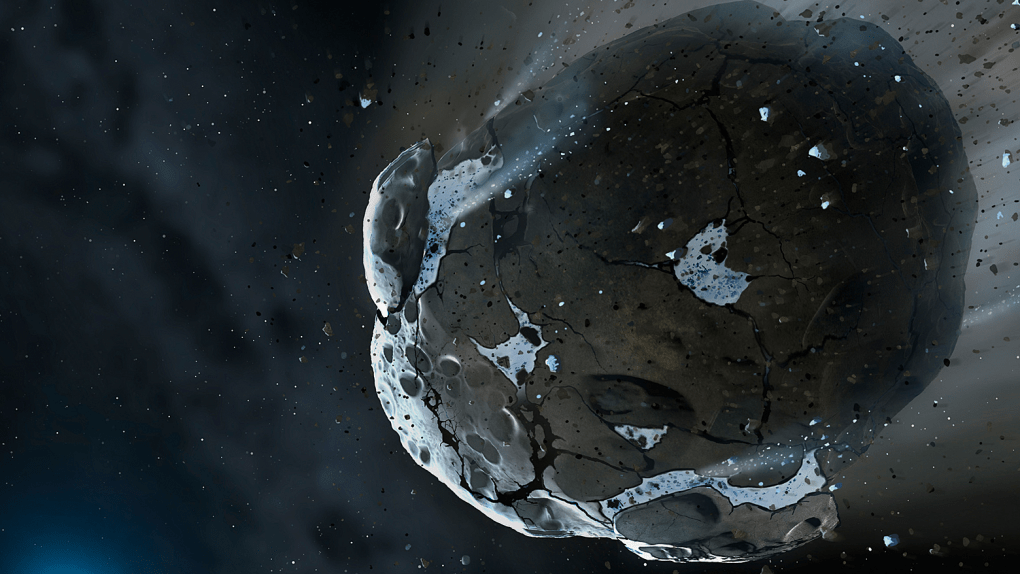- An asteroid up to 100 feet in diameter passed closely by Earth early on Wednesday morning.
- The space rock named 2020 GH2 came closer to the Earth than the distance between the Earth and the Moon, making it a rather close call.
- The object is now being tracked by scientists.
- Visit BGR’s homepage for more stories.
NASA and other space agencies around the world are constantly on the lookout for potential threats that might appear out of the darkness of space. Objects like asteroid could cause devastation, especially if they’re large and hit us without warning. Thankfully, scientists are tracking thousands of them already, and find new ones all the time.
That being said, sometimes a space rock gets the jump on us, not appearing until it’s just days or even hours away from making a close pass of Earth. That was the case with 2020 GH2, an asteroid estimated to be as large as 100 feet across, which was initially discovered less than a week ago on April 11th but already made an incredibly close pass of our planet.
Distance is relative when we’re talking about massive objects like planets and the vastness of space, but 2020 GH2’s nearest approach of around 220,000 miles really is just a hairs width in the grand scheme of things. In fact, the rock came closer to Earth than the distance at which the Moon orbits our planet.
Because of its relatively small size, the object wasn’t spotted until it was already nearing its date with Earth. However, at 100 feet across, it could still have done some significant damage if it were to have directly impacted Earth. It wouldn’t have been a “world ender,” but you definitely wouldn’t want to be anywhere near where it came speeding through our atmosphere.
Back in 2013, an asteroid estimated to be around 66 feet in diameter created a massive fireball in the skies above the Chelyabinsk region of Russia. The intense friction of the atmosphere and heat caused the meteor to explode before it actually reached the ground. When it exploded, it did so at an altitude of over 18 miles, but the powerful force of the blast still managed to damage thousands of buildings and seriously injure an estimated 1,500 people.
Now, imagine a rock significantly larger than that coming down over a major city or even a moderately populated region of Earth. It obviously wouldn’t be pleasant and with just days between its initial discovery and the flyby, if 2020 GH2 had been on a collision course with Earth there would have been very little we could have done to prepare.
The good news, of course, is that the asteroid safely passed by our planet early on Wednesday morning while were all snug in our beds. Scientists will continue to track its path to ensure we know when and where it will appear next








